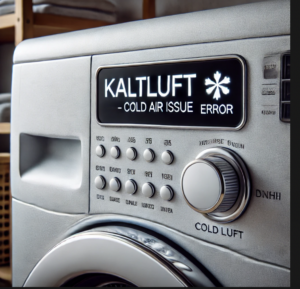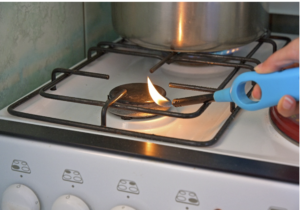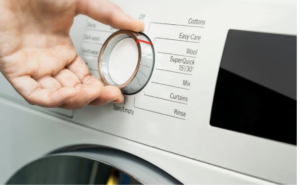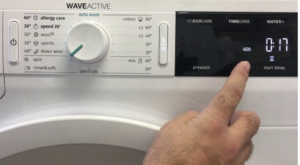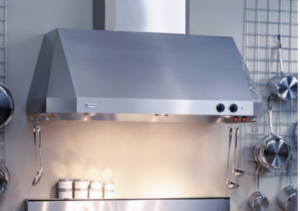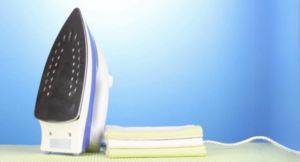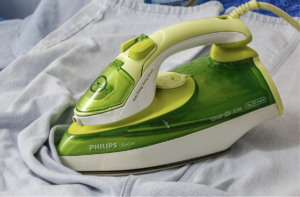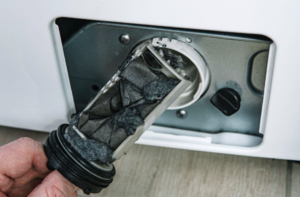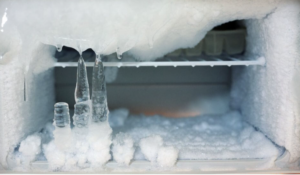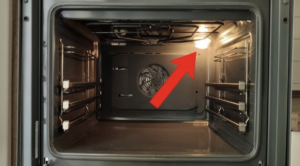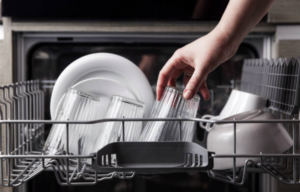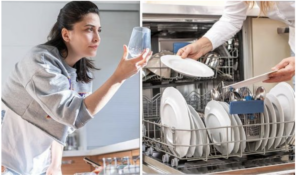
Why doesn't the dishwasher dry dishes well?
One of the problems that many users have encountered is the poor drying of dishes after the end of the dishwasher's operating cycle. The reasons, as often happens, can be diverse and have their own solutions.
The most common of these is improper loading of dishes. Try not to overfill the appliance. Place glasses and small saucers at the top. Place larger pans and bowls on the bottom row. And place cutting boards and other trays to the side.
Be careful when loading forks and spoons, placing them with the handles facing up. At the same time, knives should be placed with the blades facing down. Make sure there is space between the individual dishes on the rack.

Avoid stacking them too close together, leaving space between them to allow airflow during the drying cycle. Avoid spilling water from top rack items, such as coffee cups, onto items below them. To do this, empty the bottom rack first.
Poor drying can also be due to the cycle settings. There are two main drying options: air and heat. The former uses less energy and shortens the cycle. The temperature setting is close to room temperature. However, some dishes made of plastic or coated with Teflon tend to retain water and may not dry completely.
Heat drying, which increases the air temperature in the dishwasher, takes longer and uses more energy. In some cases, the operating cycle is 15 minutes longer. But it also achieves better drying of the dishes.
Another reason could be the rinse aid you use. These help prevent water spots and streaks on your dishes. They also improve the way your dishes dry by reducing the amount of moisture in your dishwasher.
Add rinse aid to the dispenser. It is located on the inside of the door. Make sure that the cap of the rinse aid compartment opens and closes easily before pouring in the liquid.
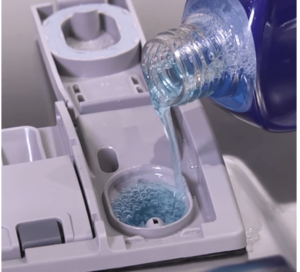
The reason for poor drying may be related to a defect in the heating element. It is this part that is responsible for heating the dishes during the drying cycle. If it is defective, this leads to poor drying of the dishes. To check the heater, you need to disconnect the appliance from the power supply. You need to carefully inspect the element, which is usually located at the bottom of the tub.
Check for broken or burnt areas. If you visually detect a defect, you will need to replace it. If you do not see any damage to the housing, the next step is to dismantle the panel under the door. The heater must be removed to check the terminals for corrosion. There is also a possibility of a defect in the wiring.
Don’t forget to check the vents on your appliance as well. They help release hot air during the rinse cycle. Check to see if the vent is partially or completely blocked. If it doesn’t open, it probably needs to be repaired or replaced.
Reasons for poor drying of dishes after the end of the cycle:
Overloading the appliance with dishes |
Damaged heater – Water not heating. |
Incorrect program settings (without drying) If the appliance is one of the new models. There is an option without |
Problem with ventilation holes |

